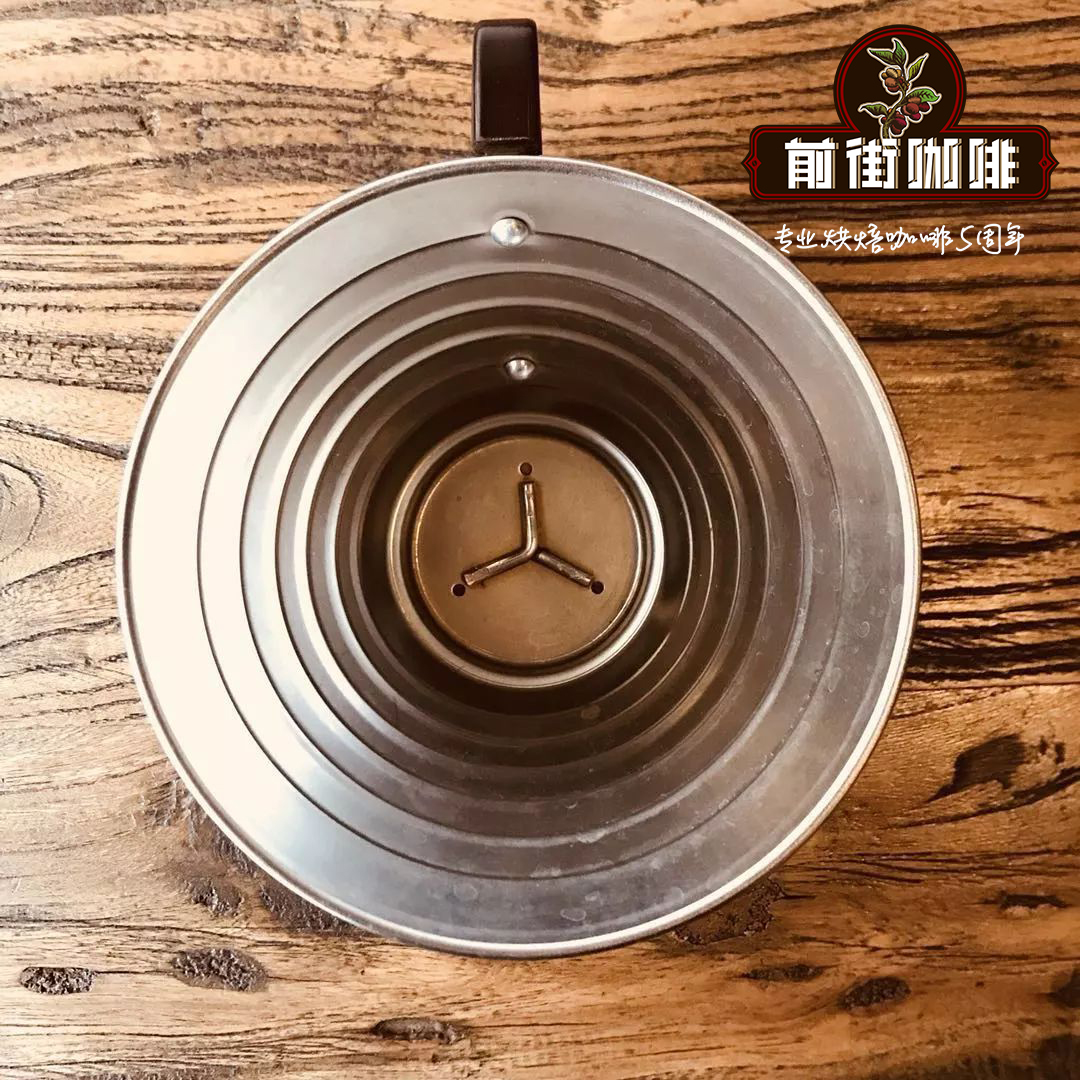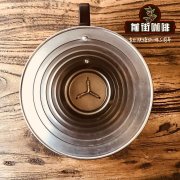What is Blue Mountain Coffee beans suitable for Coffee? there is a big difference between Blue Mountain Coffee and Blue Mountain Coffee

Professional coffee knowledge exchange more coffee bean information please follow the coffee workshop (Wechat official account cafe_style)
Introduction to Qianjie-Jamaica Blue Mountain Coffee and Blue Mountain Coffee
Jamaica Blue Mountain-- since 90% of Blue Mountain coffee is exported to Japan, 99.9% of the Blue Mountain coffee that can be drunk in China in the early years was only grown near the Blue Mountain Mountains. Only coffee produced on 6000 hectares above 1600 meters above sea level can be called the real Jamaican Blue Mountain.
In Nagoya, I was delighted to find that a coffee bean supplier who was still baking with charcoal fire had NO.1 's blue mountain beans. Because this kind of baking method is a great test for the baker's knowledge, experience and fire control, it is rare now. Baking with charcoal allows each coffee bean to pass evenly through the fire to make the finished product taste smoother, heavier aftertaste, and retain its flavor after cooling. This is very suitable for beans with high acidity like Blue Mountain. In the early years, Japan liked to brew Blue Mountain Coffee with flannel, tasting the original taste of Blue Mountain Coffee, with a rich and mellow taste and a long-lasting aftertaste. Nowadays, hand-brewing is used to brew Blue Mountain Coffee in China.
There are three varieties of Jamaican coffee: Jamaican Blue Mountain Coffee, Jamaican Alpine Coffee and Jamaican Coffee.
Jamaican Blue Mountain Coffee
Among them, Blue Mountain Coffee is divided into seven levels. The order of quality from top to bottom is as follows: No. 1 bean (17-18 mesh bean), No. 2 bean (16 mesh bean), No. 3 bean (15 mesh), round bean (bean of more than 10 mesh), mixed bean (mixture of No. 1, 2, 3 bean), fine bean (sample bean under 15 mesh) and mixed round bean. According to the standard of CIB (Jamaican Coffee Industry Committee), only coffee produced in the Blue Mountain Mountains at an altitude of 3000 feet to 5500 feet can be defined as Jamaican Blue Mountain Coffee, while other parts of coffee can only be called Jamaican Alpine Coffee.
For the Blue Mountain Mountains where Blue Mountain Coffee can be produced, CIB also has a very strict definition:
Jamaican alpine coffee
The coffee produced below 3000 feet in the Blue Mountain area of Jamaica is called Alpine Coffee (Jamaica High Mountain Supreme Coffee Beans). It is also second only to Blue Mountain Coffee in quality and is called the brother breed of Blue Mountain Coffee by industry insiders.
Jamaican Coffee
Coffee grown outside the Blue Mountains is called Jamaican coffee (Jamaica Prime Coffee Beans).
In fact, the so-called "Blue Mountain blend" has nothing to do with Blue Mountain Coffee. More than 90% of Blue Mountain Coffee is sold to Japan, so there is no doubt that many of the "Blue Mountain Coffee" sold by many cafes in China are fake. The reason for this is that the early Blue Mountain coffee is rare and expensive, and the operator is based on the flavor of Blue Mountain. Use mixed beans and deep roasting to make coffee close to the taste of the Blue Mountain. The beans of "Blue Mountain mix" are mixed, and their shapes are quite different, so they are relatively easy to identify. Don't believe the "best Blue Mountain" that costs dozens of yuan a pound and the "Blue Mountain Coffee" that costs more than 30 yuan a pound. Blue Mountain coffee generally costs 1000 yuan per kilogram to get the FOB price, and after adding all kinds of profits, the price is undoubtedly very expensive.
Knowledge expansion: in the Blue Mountain Mountains, the legal production area of Blue Mountain Coffee is more than 2200 feet. Wallenford only selects Blue Mountain Coffee fruits growing above 4000 feet above sea level for processing.
In short: Qianjie is a coffee research hall, happy to share the knowledge about coffee with you, we share unreservedly just to make more friends fall in love with coffee, and there will be three low-discount coffee activities every month. The reason is that Qianjie wants to make more friends drink the best coffee at the lowest price, which has been Qianjie's tenet for 6 years!
END
Important Notice :
前街咖啡 FrontStreet Coffee has moved to new addredd:
FrontStreet Coffee Address: 315,Donghua East Road,GuangZhou
Tel:020 38364473
- Prev

Recommended for hand-brewed coffee beans | Blue Mountain Coffee introduces mellow and full-bodied world-famous boutique coffee
For more information about coffee beans, please follow the front street of Coffee Workshop (Wechat official account cafe_style)-handmade Coffee Bean brand recommends Coffee Blue Mountain Coffee in Jamaica Sherwood Coffee Manor is owned by a small family in Jamaica and its operation is located in the village of Hagley Gap in the southeast of Jamaica in the St. Thomas producing area. Its output accounts for Blue Mountain.
- Next

What are the common varieties of boutique coffee beans? why is coffee sour? is it the reason for brewing?
Professional coffee knowledge exchange more coffee bean information please follow the coffee workshop (Wechat official account cafe_style) Qianjie-boutique coffee variety profile "carefully select the most suitable varieties, planted in the most conducive to the development of coffee flavor altitude, climate and soil and water environment. Washing and sun processing, select the most advanced raw beans without defects, and deliver them to customers with zero defects in the transportation process. After baking
Related
- Beginners will see the "Coffee pull flower" guide!
- What is the difference between ice blog purified milk and ordinary milk coffee?
- Why is the Philippines the largest producer of crops in Liberia?
- For coffee extraction, should the fine powder be retained?
- How does extracted espresso fill pressed powder? How much strength does it take to press the powder?
- How to make jasmine cold extract coffee? Is the jasmine + latte good?
- Will this little toy really make the coffee taste better? How does Lily Drip affect coffee extraction?
- Will the action of slapping the filter cup also affect coffee extraction?
- What's the difference between powder-to-water ratio and powder-to-liquid ratio?
- What is the Ethiopian local species? What does it have to do with Heirloom native species?

